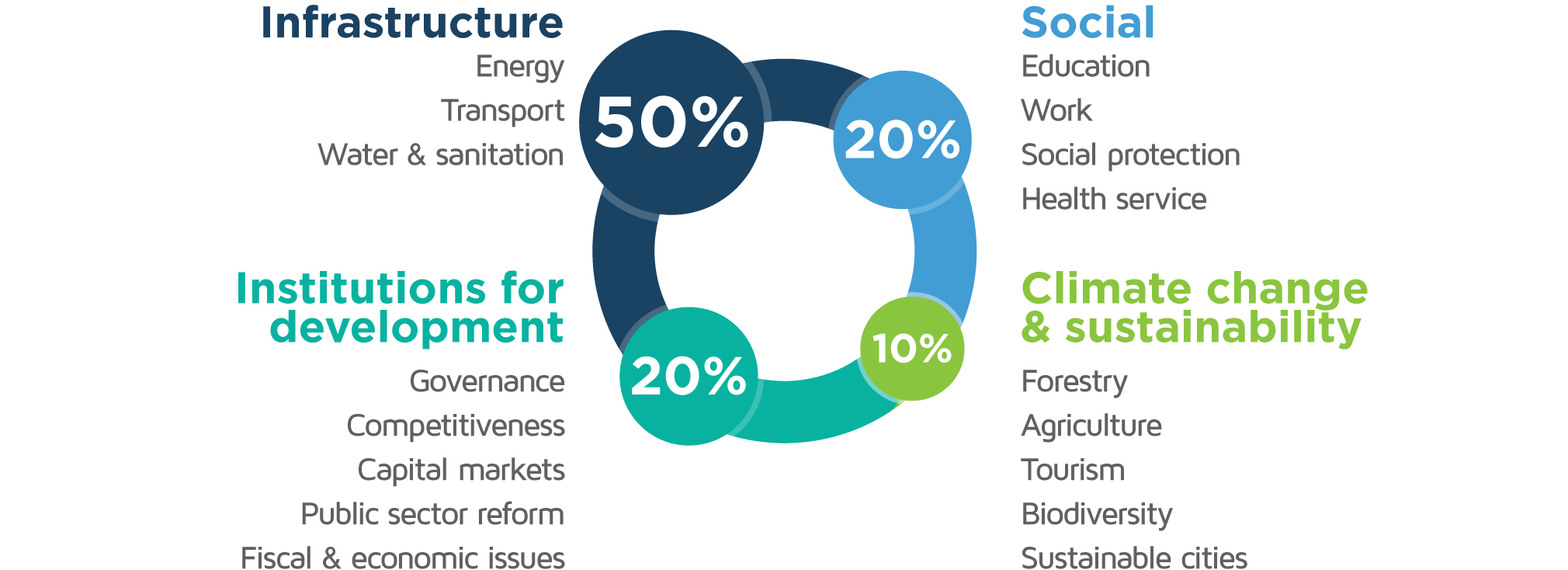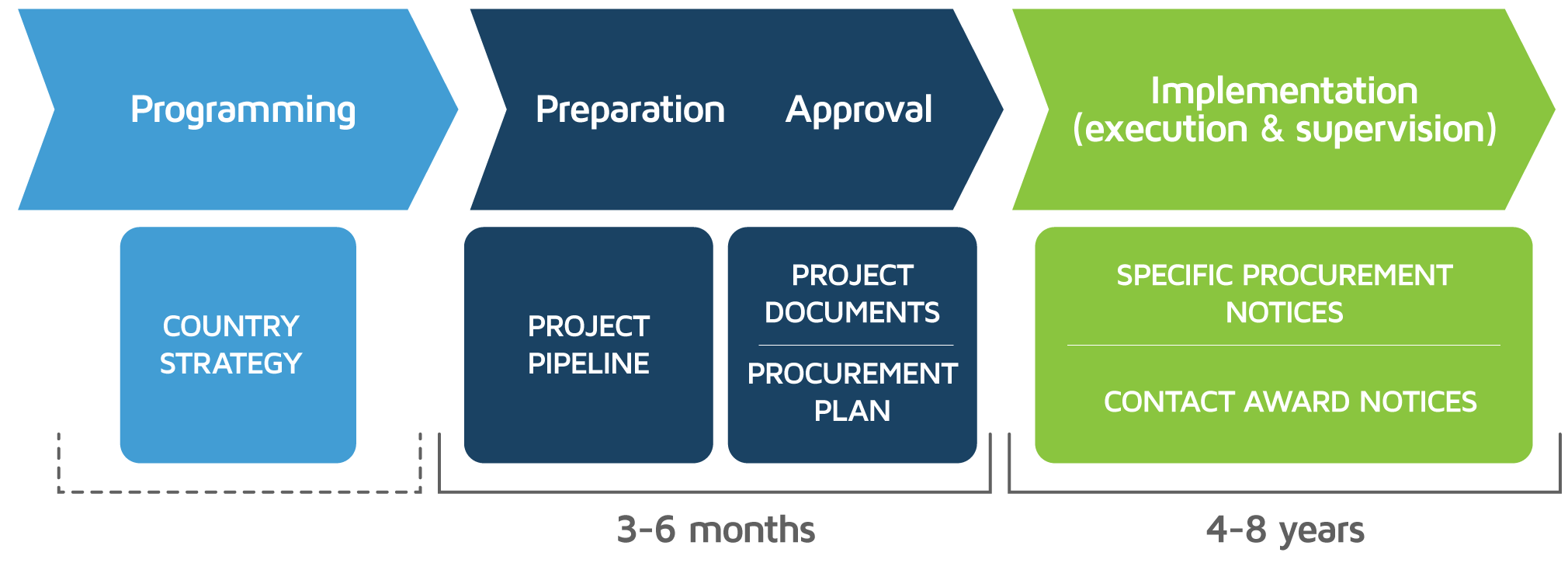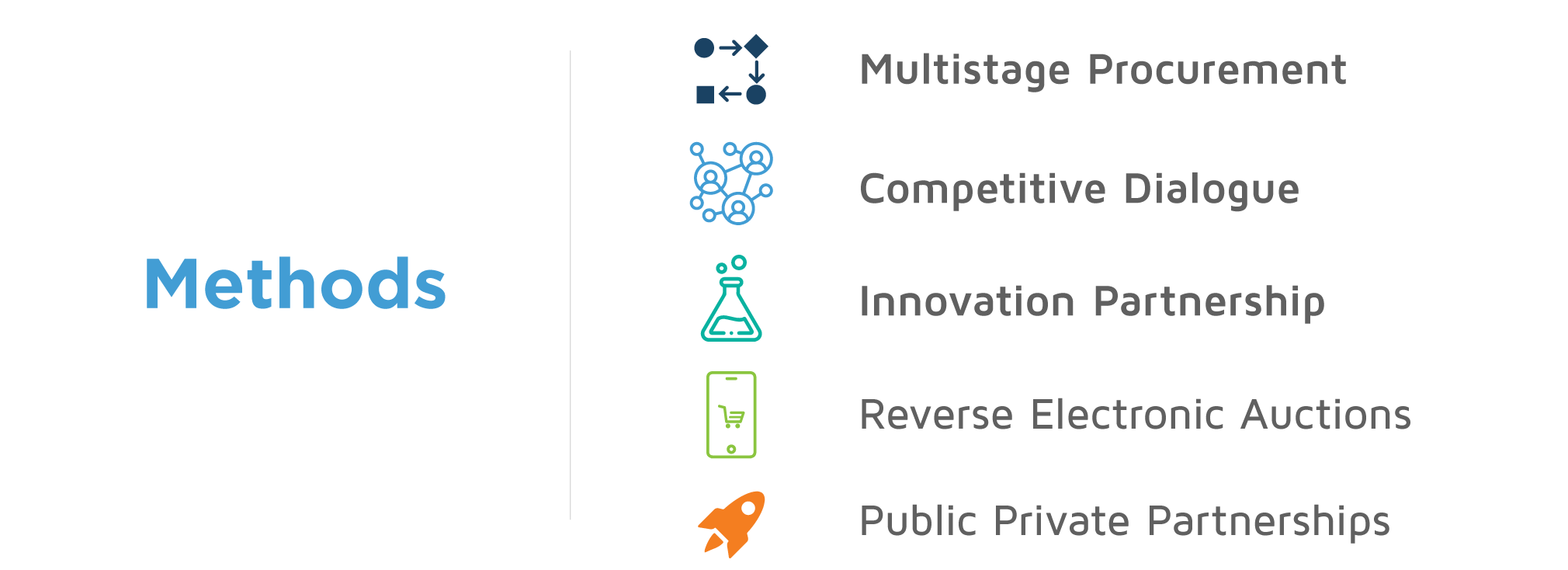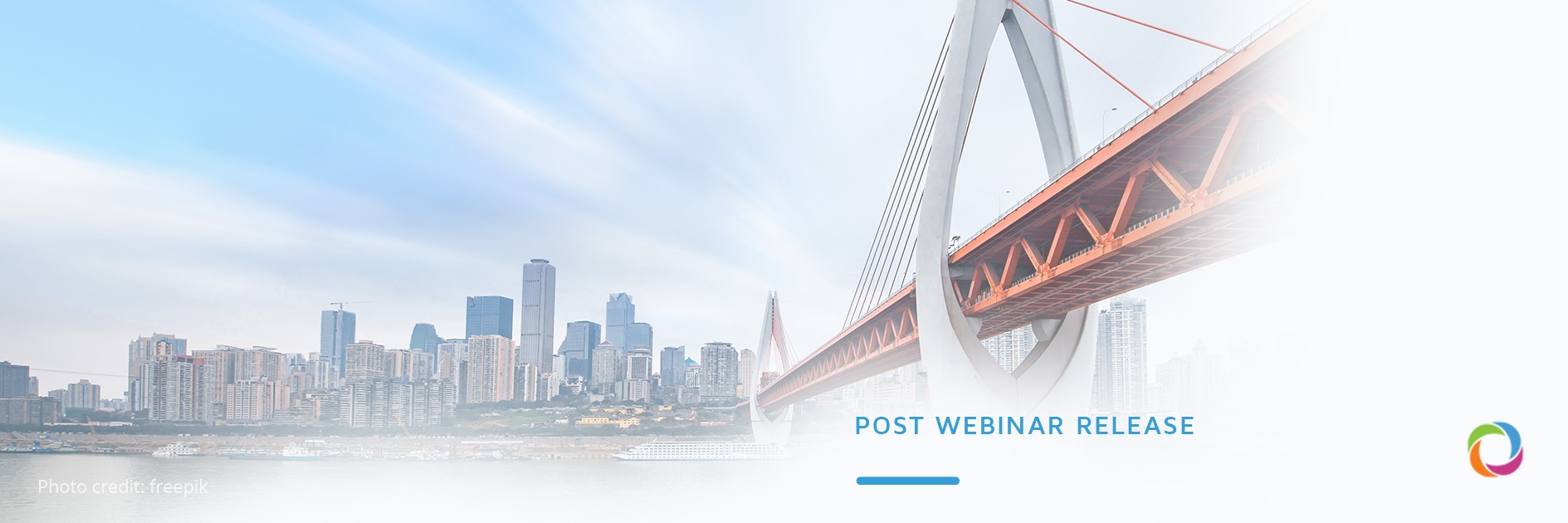It is estimated that the Inter-American Development Bank (IDB) will spend up to US$18 billion in 2022 for development programs in the Latin America and Caribbean region. Each year, the bank signs up to 30,000 procurement contracts, a number that underlines the importance of early intelligence and timely bidding for all interested contractors. Adriana Salazar Cota, a Procurement Specialist within IDB, stressed the importance of constantly monitoring the bank’s procurement pipeline during an exclusive DevelopmentAid webinar.
IDB was established in 1959 with the mission of helping to accelerate the socio-economic development of its member countries in the Latin America and the Caribbean (LAC) region and to promote regional integration. The IDB group currently has 48 member countries of which 26 are regional borrowing members and 22 are non-borrowing member states. The size of the annual public procurement market in the LAC region is estimated to be around US$900 billion with about 1-2% or US$9–18 billion of that amount being financed by the IDB.
In response to the increasing interest from the development community towards the IDB’s operations, DevelopmentAid invited Adriana Salazar Cota, Procurement Specialist at the Operations Financial Management and Procurement Services Office, to discuss the Bank’s procurement framework and discover the best practices to achieve a fruitful collaboration.
The majority of IDB funding (≈ 50%) in the LAC concerns infrastructure projects followed by the social and capacity building sectors with 20% each while the remaining 10% is directed towards financing climate change and sustainability efforts. It is important to note that IDB also provides support for local equity and private credit funds to promote the modernization of companies with growth potential in the region, according to the Procurement Specialist.
Fig.1. IDB Financing Per Sector (overall, %)

Project Procurement
The IDB provides funding to borrowing member countries in the form of loans and grants. On an annual basis, the number of contracts generated by the associated procurement processes can range between 20,000 and 30,000. All eligible companies and individual consultants interested in supplying the goods, work or consultancy services necessary to implement the proposed contracts need to be aware of the project cycle applied by the Bank.
Thus, all IDB contracts go through three stages – Programming, Preparation and Approval, and Implementation and these may take from three months to up to eight years. Parties are encouraged to follow the projects of interest from the early stages in order to be prepared when they become available. In this context, the range of tools offered by DevelopmentAid come in handy as they offer the ability to follow projects in the pipeline from the early intelligence stage not only from IDB but another 180+ donors too.
Fig.2. IDB Project Cycle

Procurement framework
Adriana Salazar Cota mentioned that in 2019, the IDB Board of Directors approved changes to the procurement policy that were intended to support and improve the implementation of the Bank’s Institutional Strategy. Those changes incorporated international procurement standards and aligned with the best practices used by other donor organizations.
Similar to other Multilateral Development Banks, the IDB prioritizes the Value for Money or the Most Advantageous Bid principle that takes into consideration the costs, quality, associated risks, innovation, sustainability, and the life cycle of a project before deciding on the awardee. It is worth mentioning, that the principle of sustainability also plays an important role in the process of bid evaluation. Currently, the borrowers (contracting authorities) are allowed and encouraged to apply the concept of sustainable procurement and include social, environmental, and economic requirements in the calls for proposals.
Fig.3. Some new additions to the IDB procurement framework

Adriana Salazar Cota encouraged all parties to study the IDB’s Procurement Compass tool (see the link below) for assistance in navigating both the procurement policy and the funding possibilities.
Here are some useful links:
- The IDB database of procurement opportunities in Latin America and the Caribbean: https://projectprocurement.iadb.org/en
- ConnectAmericas – the first social network for businesses in the Americas dedicated to promoting foreign trade and international investment: https://connectamericas.com/
- IDB’s Procurement Compass: https://idbdocs.iadb.org/wsdocs/getdocument.aspx?docnum=EZSHARE-1132444900-25322
For those who did not have the opportunity to join us for this online event, a link to the recorded version can be found here. The presentation materials used during this webinar can be requested from i.ilasco@developmentaid.org.
We invite you to join us for our next webinar on “How to improve development efforts implementing WASH programs” scheduled for February 24, 2022. Our speaker, Emeline Béréziat, will discuss how data and technology can be applied to mitigate the impact of COVID-19 in the WASH sector and how to build country-wide water quality monitoring systems using machine learning.
You can register here.
DevelopmentAid is the leading provider of business intelligence and recruitment tools designed to assist those active in the development sector. Join today and gain access to exclusive information on the full array of upcoming funding opportunities from IDB and over 180 international donors.


